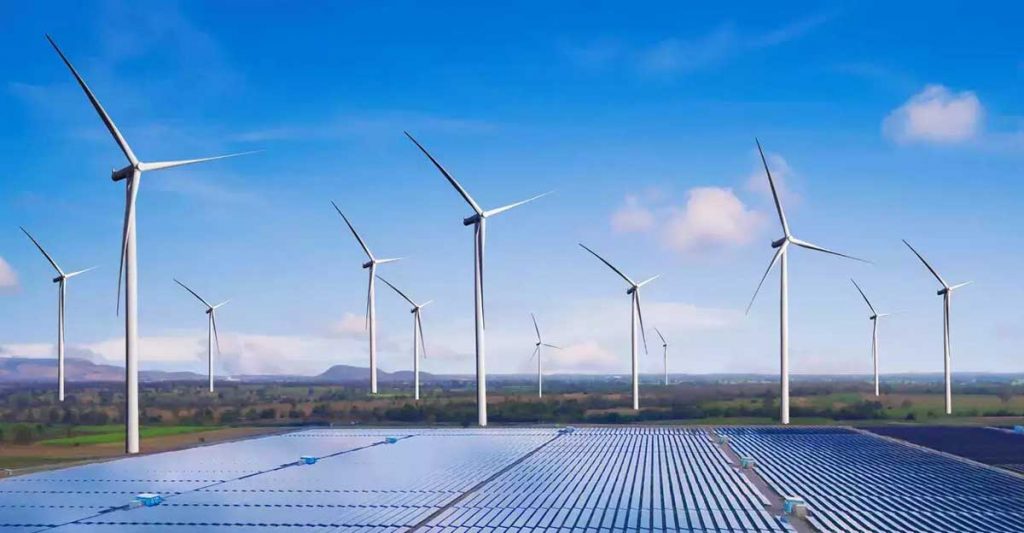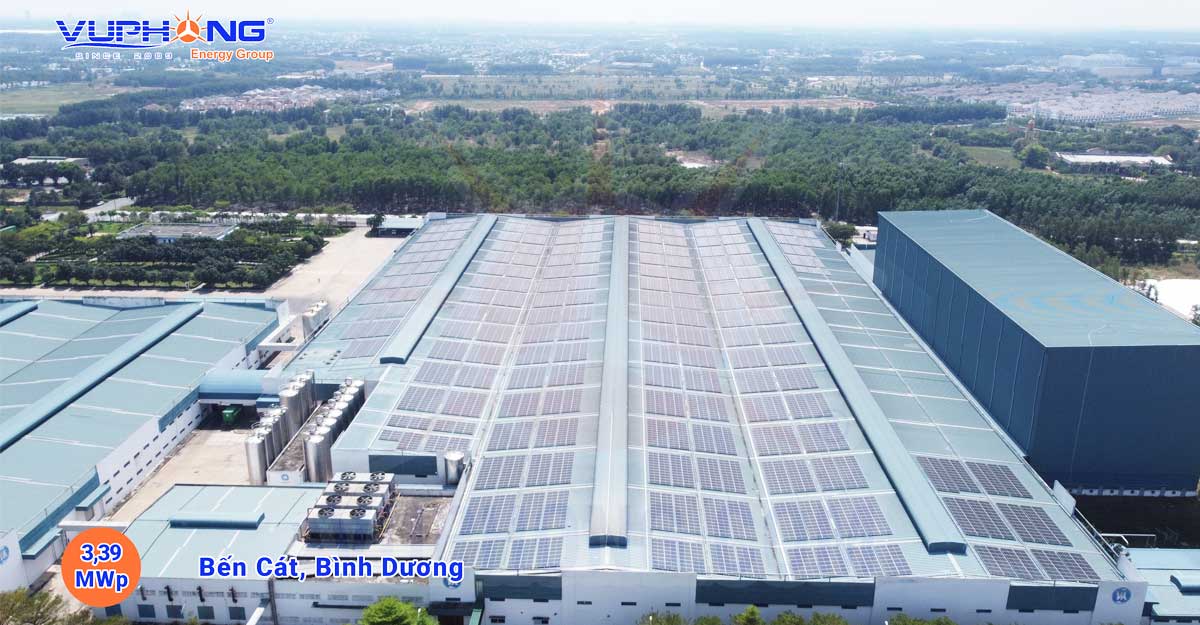
With the addition of nearly 510 GW, the global renewable energy growth rate in 2023 has reached its fastest pace in two decades. According to the International Energy Agency (IEA) report, three-quarters of this added capacity comes from solar power.
A new record for 22 consecutive years
According to the Renewable Energy 2023 report: Analysis and Forecast until 2028, recently released by the IEA in January 2024, 2023 marks the 22nd consecutive year of setting a new record for added renewable energy capacity, with an annual increase of nearly 50%, reaching almost 510 GW. While the growth in renewable energy capacity in Europe, the United States, and Brazil reached all-time highs, the IEA highlights China’s extraordinary acceleration. In 2023, China operated a solar capacity equivalent to the entire world’s capacity in 2022, and the country’s added wind power increased by 66% compared to last year.
Solar power alone accounted for three-quarters of the total added global renewable energy capacity in 2023. Along with onshore wind power, solar power is becoming increasingly competitive in electricity costs. According to IEA data, an estimated 96% of newly installed solar and onshore wind power plant capacity has lower electricity costs than new coal and natural gas power plants.
Renewable energy will reach important milestones in the energy source structure
IEA predicts that renewable energy will consecutively achieve critical milestones in the period until 2028, including:
- Wind and solar power will generate more electricity than hydropower by 2024.
- Renewable energy will surpass coal to become the largest global power source by 2025.
- The electricity output from wind and solar will exceed nuclear power in 2025 and 2026.
- By 2028, renewable energy sources will account for over 42% of global electricity production.
Meanwhile, in the Electric Power 2024 report: Analysis and Forecast until 2026, recently published by the IEA in January 2024, the IEA forecasts that global electricity demand will increase at a faster rate over the next three years, averaging about 3.4% annual growth until 2026. Renewable energy and low-emission sources such as nuclear energy will meet this growth demand, reducing the role of fossil fuels in global electricity production. Electricity production from low-emission sources is projected to represent nearly half of the world’s electricity output by 2026, up from 39% in 2023. The share of renewable energy in electricity production is expected to increase from 30% in 2023 to 37% in 2026, with solar power being the primary driver of this growth.
 Solar power is forecast to continue to grow strongly in the coming time (Image illustration)
Solar power is forecast to continue to grow strongly in the coming time (Image illustration)
4 main challenges in the goal of increasing renewable energy capacity 3 times by 2030
Information from the Renewable Energy 2023 report: Analysis and Forecast until 2028, ahead of COP28, the IEA has called on governments to support 5 pillars of action by 2030, including the goal to triple global renewable energy capacity. This goal has been agreed upon by 198 governments at COP28. With this objective, global renewable energy capacity is projected to reach 11,000 GW by 2030, aligning with the IEA’s Net Zero Emissions by 2050 scenario.
However, the IEA forecasts that global renewable energy capacity will reach 7,300 GW by 2028 based on current policies and market conditions. With this growth trajectory, renewable energy capacity will increase by 2.5 times by 2030, falling short of the 3 times target.
The IEA identifies 4 main challenges in achieving the 3 times renewable energy capacity goal by 2030, which governments can narrow by overcoming. These challenges include:
- Policy uncertainties and delayed policy responses to the new macroeconomic environment;
- Insufficient investment in grid infrastructure prevents faster expansion of renewables;
- Cumbersome administrative barriers and permitting procedures and social acceptance issues;
- Insufficient financing in emerging and developing economies.
According to the IEA, addressing these challenges could lead to nearly a 21% higher growth in renewable energy, propelling the world to meet the commitment of tripling renewable energy capacity globally.
You can read the full reports by IEA at the link below:
Vu Phong Energy Group









